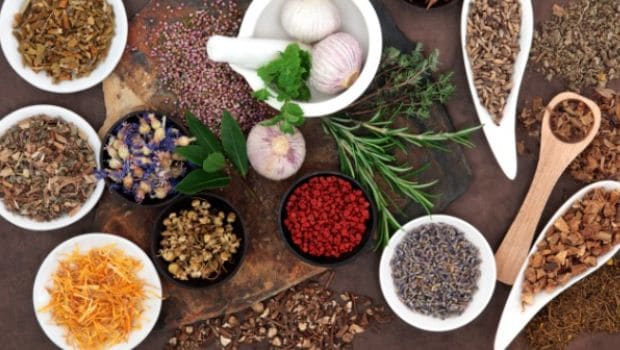September 2000
Conlin PR, Chow D, Miller ER 3rd, Svetkey LP, Lin PH, Harsha DW, Moore TJ, Sacks FM, Appel LJ.
Abstract
To determine the impact of dietary patterns on the control of hypertension we studied the subgroup of 133 participants with systolic blood pressure (BP) of 140 to 159 mm Hg and/or diastolic BP of 90 to 95 mm Hg enrolled in the Dietary Approaches to Stop Hypertension (DASH) study.
Participants were fed a control diet for a 3-week period and were then randomized to receive for 8 weeks either the control diet; a diet rich in fruits and vegetables, but otherwise similar to control; or a combination diet rich in fruits, vegetables, and low-fat dairy products, including whole grains, fish, poultry, and nuts, and reduced in fats, red meats, sweets, and sugar-containing beverages. Sodium intake and body weight were held constant throughout the study.
The combination diet significantly reduced systolic BP (-11.4 mm Hg, P < .001) and diastolic BP (-5.5 mm Hg, P < .001). The fruits-and-vegetables diet also significantly reduced systolic BP (-7.2 mm Hg, P < .001) and diastolic BP (-2.8 mm Hg, P = .013). The combination diet produced significantly greater BP effects (P < .05) than the fruits-and-vegetables diet.
Blood pressure changes were evident within 2 weeks of starting the intervention feeding. After the 8-week intervention period, 70% of participants eating the combination diet had a normal BP (systolic BP < 140 and diastolic BP < 90 mm Hg) compared with 45% on the fruits-and-vegetables diet and 23% on the control diet.
In patients with hypertension, the DASH combination diet effectively lowers BP and may be useful in achieving control of Stage 1 hypertension.











